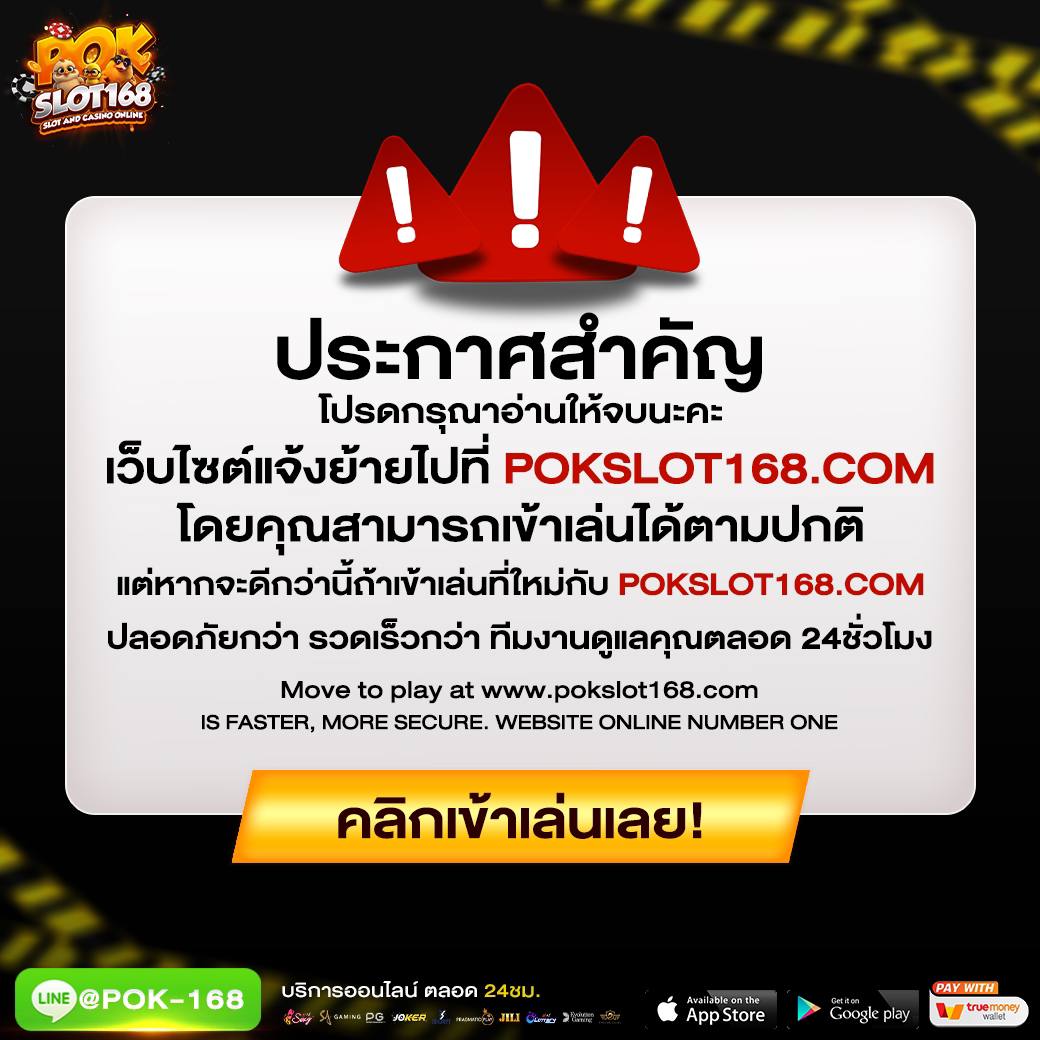The therapist teaches skills in a group setting and assigns homework as a way to practice new strategies. Lorandini adds that some DBT programs offer virtual therapy, which may be helpful if a person lives in a remote area or has certain responsibilities that make in-person therapy challenging. Though living with BPD can be challenging at times, try to keep in mind that you’re not alone and that you can get better with the right treatment and support. This is particularly true in times of extreme stress and when you experience suicidal or impulsive behaviors.
DBT Certification Programs
- But it can help people with other mental health problems, including suicidal behaviour, self-harm, substance use, posttraumatic stress disorder (PTSD), depression and eating disorders.
- A DBT appointment is structured to address each person’s unique needs and challenges.
- The most popular and most effective form of therapy for BPD is dialectical behavioral therapy (DBT).
- The DBT Academy offers adult DBT skills courses that cover emotion regulation, distress tolerance, and interpersonal effectiveness.
- You may have intense bursts of anger and aggression, moods that shift rapidly, and an extreme fear of being rejected or abandoned by others.
The standard DBT training schedule begins with two weeks of mindfulness training followed by five- to seven-week training modules in distress tolerance, interpersonal effectiveness, and emotion regulation. A two-week module of mindfulness training is interspersed between each five- to seven-week module. DBT is a comprehensive and multifaceted therapy designed to help patients cope with extreme emotional suffering and, often, self-injurious behavior. Many patients seeking DBT have undergone other forms of therapy without experiencing significant improvement. DBT is a complex treatment modality that makes many demands of therapists and requires extensive training to be administered in the way it was developed and tested.
Interpersonal effectiveness
That’s where specialized programs like the Behavioral Health College Partnership (BHCP) at Zucker Hillside Hospital come in. With its focus set squarely on issues impacting college students, the staff is not only helping to reduce disruptions in learning, but also saving lives. This free and straightforward worksheet can help clients identify past situations with intense feelings (negative and positive). The client will be able to explore their feelings and link them to their thoughts. Individuals who experience intense emotions often struggle to link thoughts and feelings with the context (Carpenter & Trull, 2013). Mindfulness X is an eight-session mindfulness training package created by Dr. Hugo Alberts, a psychologist and researcher.
Dialectical Behavior Therapy (DBT): Definition, Techniques, and Benefits
NewYork-Presbyterian created the Borderline Personality Disorder Resource Center (BPDRC) in memory of Pamela Tusiani, a young woman who lived with BPD. This online resource educates people affected by BPD and connects them with treatment and support in their local areas. DBT is often helpful for kids who have tried other forms of therapy, but need something more intensive, without being in-patient. This free worksheet can help clients explore their emotional reactions to situations in their lives and reflect on the repercussions. The package contains the eight most important pillars of mindfulness, an instruction manual, a PDF workbook to use with your clients, and PowerPoint presentation slides.
When mindful awareness is combined with effective problem-solving skills, sensitive and emotionally reactive children, teenagers and young adults have the tools to respond flexibly to difficult and stressful life experiences. These patients were typically thought of as “difficult,” dialectical behavioral therapy if not impossible, to treat. Dr. Linehan redefined the disorder, reframing it as a specific problem of the emotion regulation system that can be addressed with a structured intervention. Expect a course of treatment that typically consists of weekly group, skill-focused instructional meetings as well as individual therapy sessions. Individual sessions usually last an hour; group meetings, usually consisting of four to 10 people, are designed to run for an hour and a half to two hours. DBT is present-oriented and skills-based, and patients are asked to practice their skills between sessions.
How Long Does DBT Last? How Soon Can I Expect Changes?
One mindset taught during mindfulness is “wise mind,” which encourages dialectical thinking in crisis and normalcy. It also helps you to attend to your emotions and reason to make wise and balanced decisions. It’s also important to address behaviors that interfere with therapy and prevent you from making progress. Therapy-hampering behaviors can include anything from missing appointments to arriving late or not completing homework.






